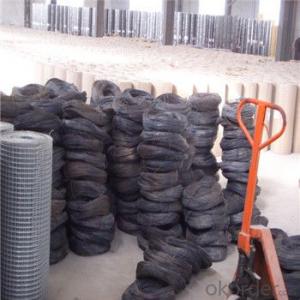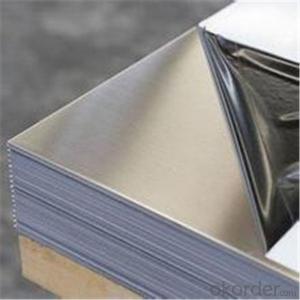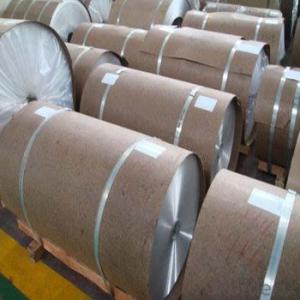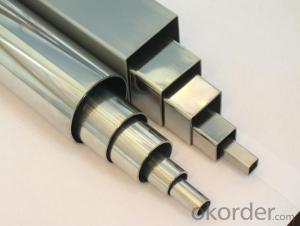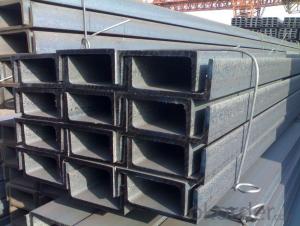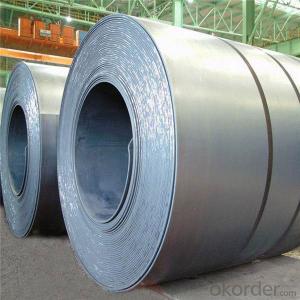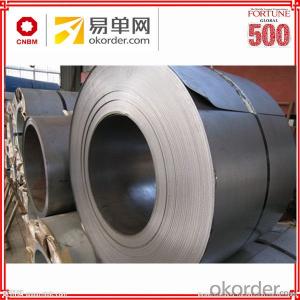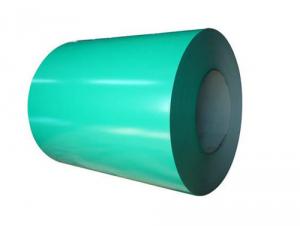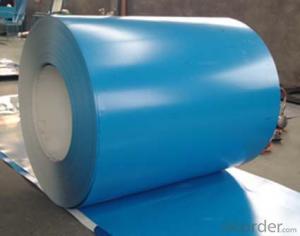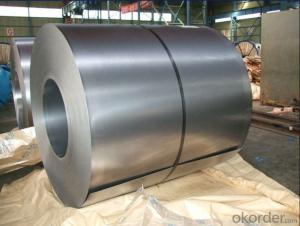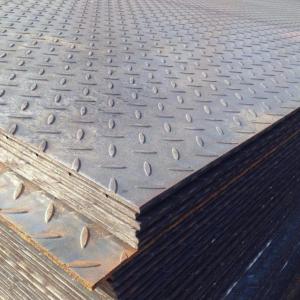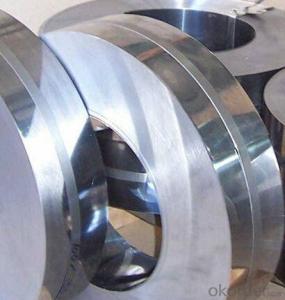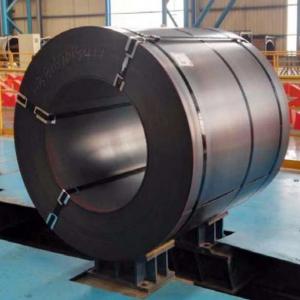16ga Stainless Steel Thickness
16ga Stainless Steel Thickness Related Searches
Best Paint For Stainless Steel Blanket Insulation For Steel Buildings Primer For Galvanized Steel Foam Filter For Stainless Steel H S Code For Stainless Steel Surface Grinding Wheels For Stainless Steel Surface Grinding Wheels For Hardened Steel Hole Saw For Stainless Steel Paint For Stainless Steel Stainless Steel For BbqHot Searches
Steel Mesh Panels For Sale Price For Stainless Steel Scrap Scrap Price For Stainless Steel Price For Stainless Steel Stainless Steel Tank For Sale Stainless Steel Sheets For Sale Cheap High Tea Sets For Sale Stainless Steel Tanks For Sale Stainless Steel For Sale High Density Fiberboard For Sale Solar Hot Water Collectors For Sale Scaffolding For Sale In Uae Scaffolding For Sale In Ireland Scaffolding For Sale In Houston Type Of Inverter For Solar Price Of Shipping Containers For Sale Types Of Inverter For Solar Stock Price For Aluminum Used Solar Inverter For Sale Steel Mesh Panels For Sale16ga Stainless Steel Thickness Supplier & Manufacturer from China
Okorder.com is a professional 16ga Stainless Steel Thickness supplier & manufacturer, offers integrated one-stop services including real-time quoting and online cargo tracking. We are funded by CNBM Group, a Fortune 500 enterprise and the largest 16ga Stainless Steel Thickness firm in China.Hot Products
FAQ
- Scaffolding production heavily relies on steel coils as they serve as the primary raw material for manufacturing various components of scaffolding systems. These coils, typically composed of high-quality steel, are processed through cutting, shaping, and welding operations to obtain the desired dimensions and shapes for scaffolding components, including vertical and horizontal tubes, diagonal braces, and base plates. The main structural elements of scaffolding are the tubes and pipes formed from steel coils. These elements are responsible for constructing the framework of the scaffolding, comprising vertical uprights or standards, horizontal ledgers, and transoms that connect them. By providing strength, stability, and load-bearing capacity, these components ensure the safety of workers operating at elevated heights. Furthermore, diagonal braces, an essential part of scaffolding, are manufactured from steel coils. These braces are strategically installed diagonally between the vertical standards to reinforce the scaffolding structure, adding extra support and stability to prevent swaying or collapsing. Another crucial component produced from steel coils is the base plate. These plates serve as the foundation for the scaffolding structure, offering a solid and stable base to evenly distribute weight and load. Typically positioned at the bottom of each vertical standard, they play a vital role in maintaining stability and preventing sinking or sliding. To summarize, steel coils play a fundamental role in scaffolding production. Through their transformation into tubes, pipes, braces, and base plates, they form the framework and provide the necessary strength, stability, and load-bearing capacity for safe and efficient scaffolding systems.
- The main factors that affect the flatness of steel coils include the quality and consistency of the incoming raw material, the precision of the rolling process, the tension applied during rolling, the cooling and annealing processes, and the handling and storage of the finished coils.
- Yes, steel coils can be made corrosion-resistant through various methods such as galvanization or coating them with protective layers.
- Hi my dad bought a stain steel refridg. yesterday, and we went to clean it and it looks all streaky and gets finger prints and stuff on it too easily we used mr clean multisurface cleaner and it didnt work to well is there a certain type of cleaner we are supposed to use?
- Stainless Steel Magic works well. If there are no small kids in the house, use a little bit of WD-40 to get some of the bad stuff off, it will shine it up really well. It's not an everyday solution, but it works. Stainless Steel will always pick up fingerprints. There's not much you can do about that.
- i am looking for an exact process of how to forge damascus steel.any tips or pointers and web sites or tutoreals will be helpfull.
- hand made folding knife English tip, blade of Damascus metallic sort Rose, 2,5mm thickness, no liners, teja spring embellished by using metallic report and billet surrounded of chrome metallic. A Damascus blade knife is characterised by using a wavy, mottled visual allure on the blade that’s led to by using the approach used to shape the metallic. the technique of transforming into Damascus metallic is derived from a centuries-previous forging technique used to create blades that grew to become very just about mythical of their attractiveness for power and sharpness it exchange into reported a Damascus knife ought to shrink with the aid of a rifle barrel to boot as with the aid of a hair falling on the blade.
- There are several methods of joining steel coils, including welding, using mechanical fasteners, and adhesive bonding. Welding is a common technique that involves melting and fusing the edges of the coils together using heat. Mechanical fasteners, such as bolts or screws, can also be used to secure the coils together. Additionally, adhesive bonding involves using a strong adhesive to bond the coils together. Each method has its own advantages and considerations depending on the specific application and requirements.
- Steel coils are widely used in the manufacturing of building materials due to their strength, durability, and versatility. These coils are typically made from high-quality steel and are shaped into a continuous, flat strip. One of the most common uses of steel coils in building materials is for the production of steel roofing and siding. The coils are processed through a series of machines that cut, shape, and roll the steel into the desired dimensions and profiles. The resulting roofing and siding materials are then used to construct durable and weather-resistant building envelopes. Steel coils are also used in the manufacturing of steel studs, which are essential components for framing structures. The coils are cut and formed into precise shapes, then assembled to create a strong and rigid framework for walls, ceilings, and other structural elements. Steel studs offer numerous advantages such as high strength-to-weight ratio, fire resistance, and dimensional stability, making them a popular choice in the construction industry. In addition to roofing, siding, and framing, steel coils are utilized in the production of various other building materials. These include steel pipes, beams, columns, and reinforcement bars, which are used in the construction of foundations, infrastructure, and structural elements. Steel coils also serve as raw materials for the fabrication of metal panels, doors, windows, and other architectural components. Overall, steel coils play a crucial role in the manufacturing of building materials as they provide the necessary strength and durability required for long-lasting and robust structures. Their versatility allows for the production of a wide range of building components, making steel coils an indispensable resource in the construction industry.
- for instance Cr-Ni steeldoes this refer to plated steel or a uniform mixture
- stainless steel is an alloy normally iron with additions of C, Mn, Ni, Cr, and Nb - amounts added depend on properties required. Corrosion resistance is due to a very thin but dense layer of chromium oxide which forms at the surface and prevents further attack. Ordinary steel on the other hand becomes coated with a porous layer of iron oxide(rust) through which the atmosphere can pass and cause further corrosion.
















